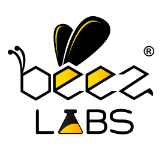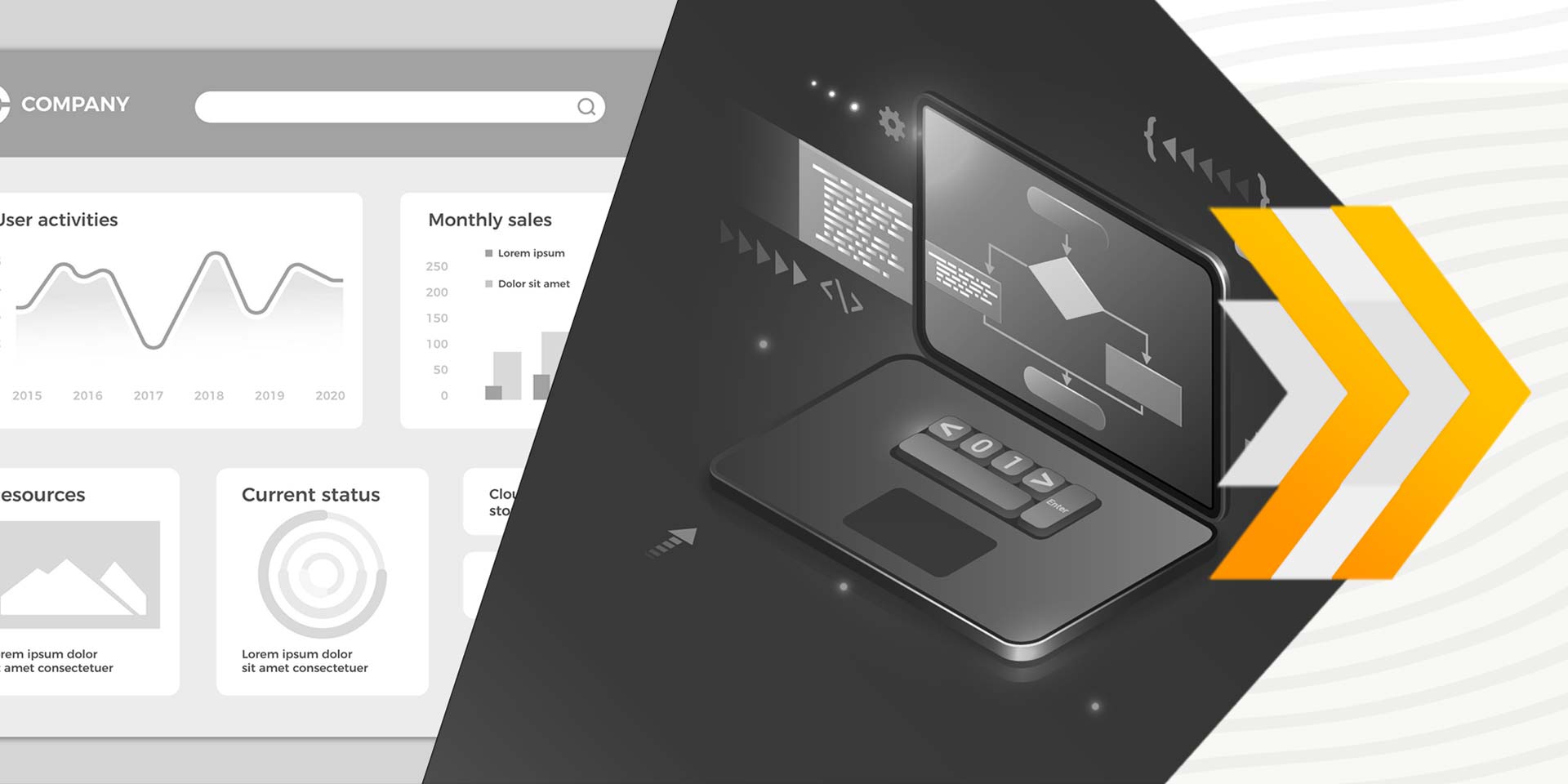Automation
Native Automation
Resilient Automation- 7 Key Advantages That Leverage a Competitive Edge


- Table of Contents
- Introduction
- Native Approach- The Foundation of Resilience
- The Advantages That Leverage a Competitive Edge
- 1. Adaptable Systems for Unpredictable Challenges
- 2. Strategic Focus Through Comprehensive Understanding
- 3. Essential for Mission-Critical Processes in SAP Systems
- 4. Empowering Employees for Innovation
- 5. Compliance Management as a Strong Mechanism
- 6. Robust Support in Case of Failures
- 7. Long-Term Relevancy
- Conclusion
Introduction
Businesses are increasingly embracing resilient automation frameworks to overcome challenges and stay competitive in the modern era. Resilient automation, particularly in the context of SAP ABAP, has become a strategic necessity for organizations aiming not just to survive but to thrive amidst relentless digital evolution. By automating business processes with RPA, companies can achieve a remarkable ROI of 30 to 200 percent in the first year itself! In this blog post, we will explore the key benefits of resilient RPA automation, with a special focus on the native approach and its profound impact on workflow processes and automation.
Native Approach: The Foundation of Resilience
Resilient automation thrives on the foundation of a native approach, revolutionizing the world of SAP automation. Unlike conventional approaches that depend on UI-based interactions, native automation involves automating applications using their native language, leveraging API-centric methodologies. This direct integration with the system's API sets it apart by guaranteeing stability and adaptability.
- Adaptable Systems for Unpredictable Challenges
- Strategic Focus Through Comprehensive Understanding
- Essential for Mission-Critical Processes in SAP Systems
- Empowering Employees for Innovation
- Compliance Management as a Strong Mechanism
- Robust Support in Case of Failures
- Long-Term Relevancy
The Advantages That Leverage a Competitive Edge
Resilient automation focuses on constructing flexible systems that can operate efficiently even in the face of unforeseen challenges. Conventional RPA methods often encounter difficulties when it comes to incorporating system modifications and updates, resulting in disruptions to business operations.
With a native approach, businesses can ensure continuity in the ever-evolving SAP ABAP landscape. By bypassing the vulnerabilities associated with UI-based interactions, native automation provides stability, process consistency, and a substantial reduction in errors. This enables smoother operations and enhances overall efficiency.
Native automation empowers businesses to gain a holistic comprehension of their processes. By harnessing direct system interactions and backend automation, organizations can devote their attention to high-value tasks and strategic decision-making. This approach not only enhances efficiency but also enables businesses to optimize resource allocation and maximize productivity.
Analytics have become increasingly powerful, providing data-driven insights that fuel operational efficiency and innovation. The crystal-clear clarity and profound understanding offered by native RPA make it an indispensable tool for organizations looking to demonstrate the immense potential of automation across diverse processes.
While traditional automation is sometimes considered satisfactory for mundane and routine tasks, native automation has become indispensable for mission-critical processes in SAP systems.
The intricacy of the ABAP landscape necessitates a more resilient approach to guarantee stability and efficiency. Native automation empowers businesses to streamline their core processes, encompassing databases, applications, and user interactions, all through a single point.
By harnessing the stability and reliability inherent in native RPA, organizations can unlock the potential for more accessible strategic decision-making. This highlights the versatility of automation in various processes and enables businesses to fully capitalize on the benefits of SAP system automation.
Robust automation frameworks strategically optimize resource allocation, empowering employees to dedicate their efforts to innovation, creative problem-solving, and high-value tasks that fuel growth. By automating repetitive and mundane tasks, businesses can harness human expertise for strategic initiatives and drive their success forward.
To ensure efficient scalability, it is crucial to minimize the number of bots while also planning strategically. This entails the capability to seamlessly scale up during peak demands without compromising performance or incurring excessive costs. Strategic resource allocation is not only advantageous but also crucial for businesses striving for sustainable, long-term success. In the pursuit of innovation and surpassing competitors, resilience emerges as a pivotal factor that sets one apart.
As regulations continue to evolve, businesses face increasingly stringent demands. To ensure compliance, resilient automation frameworks rooted in native SAP automation offer a robust solution. These frameworks provide a reliable mechanism for businesses to adhere to compliance requirements while streamlining operations.
They provide the agility to quickly adjust to evolving regulations, protecting businesses from penalties and reputational harm. Compliance management becomes not only efficient but also foolproof, ensuring that organizations operate within the confines of legal requirements with utmost certainty.
Even the most resilient automation frameworks may experience failures or unexpected errors. In such instances, it is vital to establish a robust support system to minimize downtime and promptly address any issues that arise.
With native SAP automation, businesses benefit from reliable technical support provided by experts well-versed in the platform. This allows for swift identification and resolution of any issues, guaranteeing uninterrupted operations and minimal disruption to business processes.
By leveraging RPA frameworks rooted in native SAP technology, businesses can achieve sustainable and long-term success. These frameworks provide the agility to adapt to changing business needs, allowing for quick scaling and process optimization.
This flexibility enables organizations to stay ahead of competitors by continuously improving processes and delivering quality products or services efficiently. Investing in resilient automation not only streamlines operations but also focuses on initiatives, fostering innovation and customer-centricity.
Conclusion
In conclusion, embracing resilient automation is more than just a technological advancement; it is a crucial strategic move for businesses striving to remain relevant, competitive, and adaptable in the ever-changing digital landscape. Built on native SAP automation, resilient automation frameworks provide stability, adaptability, and a distinct competitive advantage.
By embracing these frameworks, businesses can fortify their organizations for the future, streamline operations, foster innovation, and confidently meet regulatory demands with resilience. With the right automation solution, businesses can leverage native SAP technology to achieve sustainable success that drives growth and enhances customer satisfaction.










